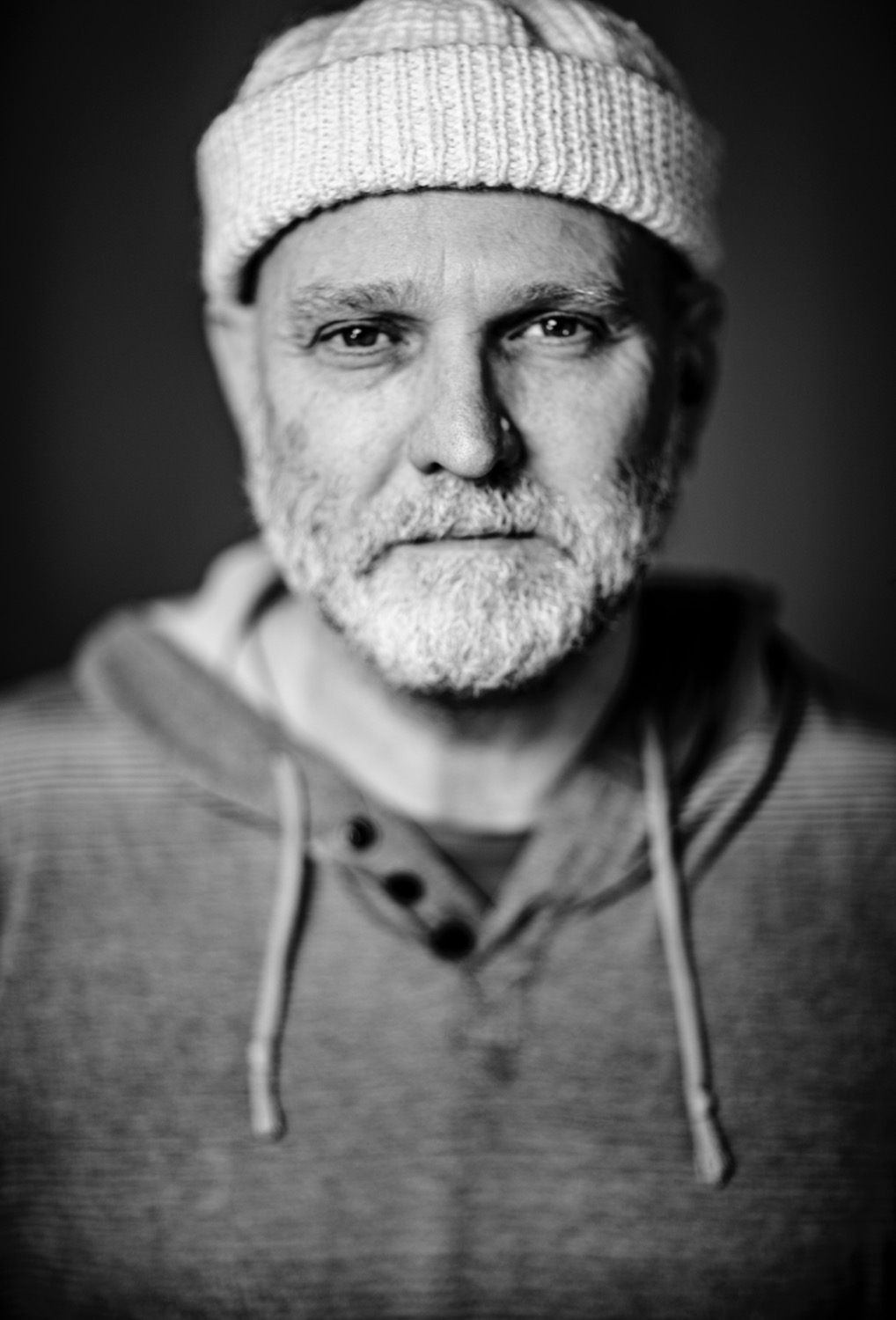So, what does a virtual production supervisor do?
- Rob Chandler

- Apr 15, 2024
- 4 min read

Virtual production (VP) is a filmmaking process that combines traditional techniques with advanced visual effects and computer graphics. It uses real-time rendering technologies like Unreal Engine to create immersive and interactive environments.
VP allows directors, actors and cinematographers to see and interact with computer-generated elements in real-time. In this way, you could shoot a scene on Mars, in Malawi, or even someplace that doesn’t exist and see that background realistically depicted live throughout the production.
Though once the remit of large budget productions, it is now super accessible (and even the preferred choice) to B2B businesses since it’s so flexible, affordable and efficient – not to mention eco-friendly.
But, whether you’re shooting an explainer video, an advert, or a social media production, there is one absolutely crucial role:
The virtual production supervisor
As the name suggests, you’ll only find virtual production supervisors in VP shoots (duh).
A VP supervisor oversees the integration of real-time visual effects and digital environments into live-action footage. Their responsibilities are vast and encompass the production’s technical and creative aspects.
They assess a project's needs and determine where and how virtual production techniques best fit. For example, let’s say you want to film a scene in the Sahara Desert. You’d like to save on travel costs (both cash and carbon), so you’ve already decided to use virtual production techniques. The question remains: Do you use an LED or a green screen?
A VP supervisor gives input on decisions like this, but it doesn’t necessarily mean they’re experts in these different fields (though many are). They’ll break down a script and determine what would work best in various instances. VP supervisors will align all the team's technical, creative, knowledge, and educational knowledge and ensure the project moves forward.
Think of them as the “glue” on set between other heads of departments. They must balance different challenges, concerns, and needs to ensure that the team meets the strategic goals of the production efficiently—or at all.
A VP supervisor will take great care to ensure that mistakes are avoided, but as with all things, VP shoots go wrong. On shoots costing £1 million a day, they’ll install backup processes and redundancies so everything goes smoothly. On smaller shoots, they make fewer provisions – a £50,000 advert can afford to take a 15-minute delay.
But this brings new responsibilities. Namely, managing client expectations (if they’re on set) and keeping them informed when things aren’t going as planned. They’ll advocate for the team in situations when things don’t go according to plan.
If the director hasn’t limited VP experience, the supervisor helps out here, too. They’ll check that the production can meet creative expectations.
What does it take to be a virtual production supervisor?
To be a VP Supervisor, a few skills and attributes are key. As the production process involves a unique combination of technical and creative elements, the ideal VP supervisor should have a solid understanding of both worlds.
Technical knowledge
A solid understanding of the technologies that power virtual production, such as real-time rendering engines, motion capture systems, and LED volume stages, is helpful.
They don't need to be experts in every field, but a good grasp of how these technologies integrate into the VP process goes a long way.
This knowledge allows them to troubleshoot technical issues, communicate effectively with technical teams, and make informed decisions about the tools and techniques best suited to achieve the creative vision – speaking of…
Creative Vision
A VP supervisor should have a creative eye. They work closely with directors and cinematographers to ensure that the virtual elements complement the live-action footage and enhance the story.
They must understand the director's vision and contribute creatively, suggesting the best ways to use virtual production in relation to the project.
Communication and Leadership
Virtual production involves coordinating efforts across diverse teams, including traditional film crews, VFX artists, and technical specialists. The VP supervisor bridges these skill sets and ensures that everyone’s aligned.
To do this, they need good communication and leadership skills to guide the team through complex challenges and ensure everyone understands what can and needs to be done.
Problem-Solving
The nature of virtual production means that supervisors often face unprecedented challenges. Whether technical issues or adapting to last-minute creative changes, they must be able to think on their feet quickly.
This also includes anticipating problems and taking steps to prevent them.
Adaptability and Learning
Virtual production is always evolving, with new technologies and techniques emerging regularly. A good VP supervisor will be committed to continuous learning, staying aware of industry trends, and exploring new tools to enhance their production capabilities.
Client Relations and Expectation Management
Finally, they are crucial in managing relationships with clients or stakeholders, particularly on smaller projects where direct interaction is more common.
They must set realistic expectations, keep clients informed of progress and challenges, and negotiate solutions that satisfy all parties while staying true to the creative vision and production constraints.
The future
VP supervisors are vital in bridging technology and creativity within the VP filmmaking process. They steer the project and enable storytellers to explore new ideas to life.
Their expertise ensures that each production balances ambition and feasibility, ultimately leading to richer, more immersive storytelling.
As virtual production continues to evolve, the role of the supervisor will undoubtedly become increasingly central to the creative process, pushing the boundaries of what's possible.
Thanks to: Rachel Wood, David Grey, Adam Loveday-Brown and Carlotta Merzari who inspired the writing of this!


Comments